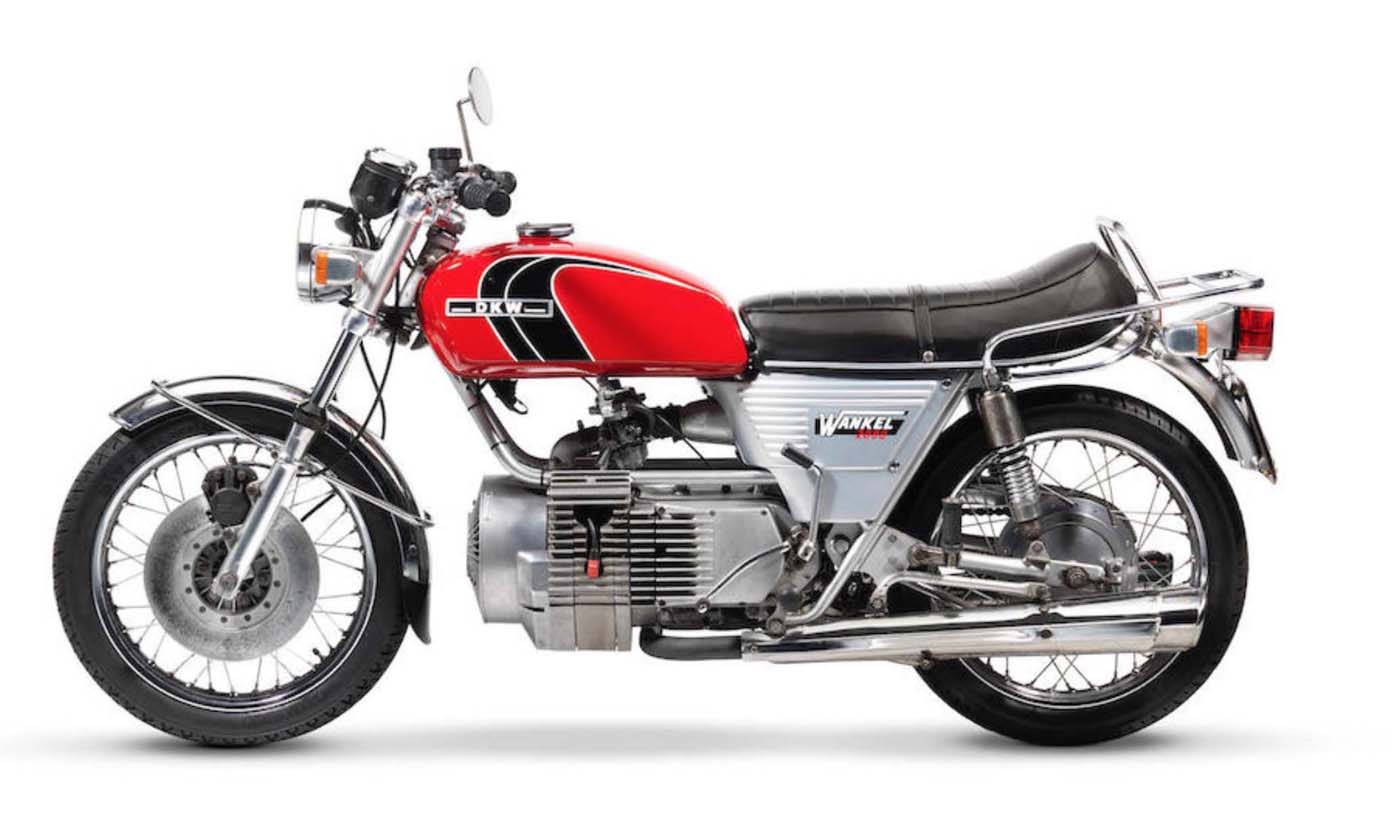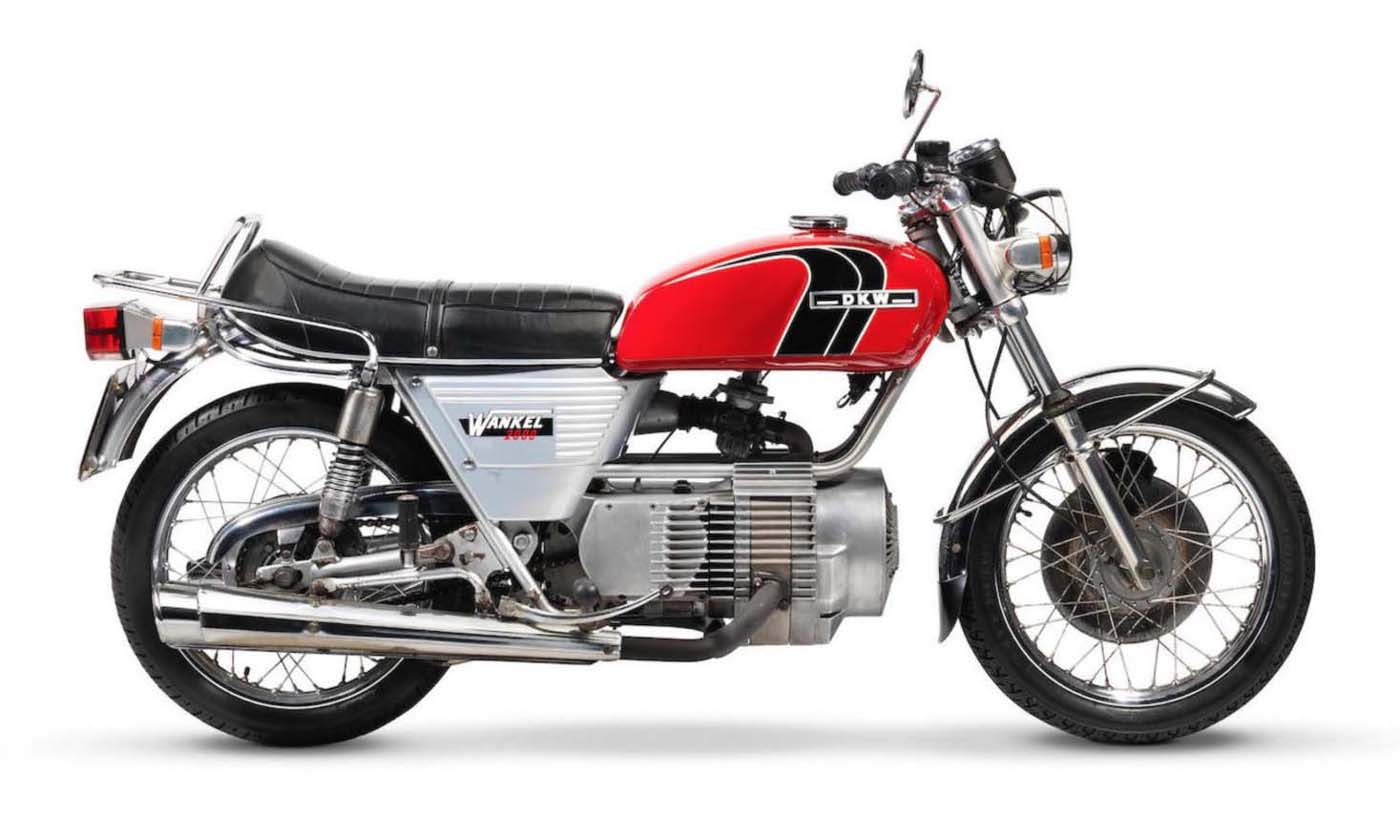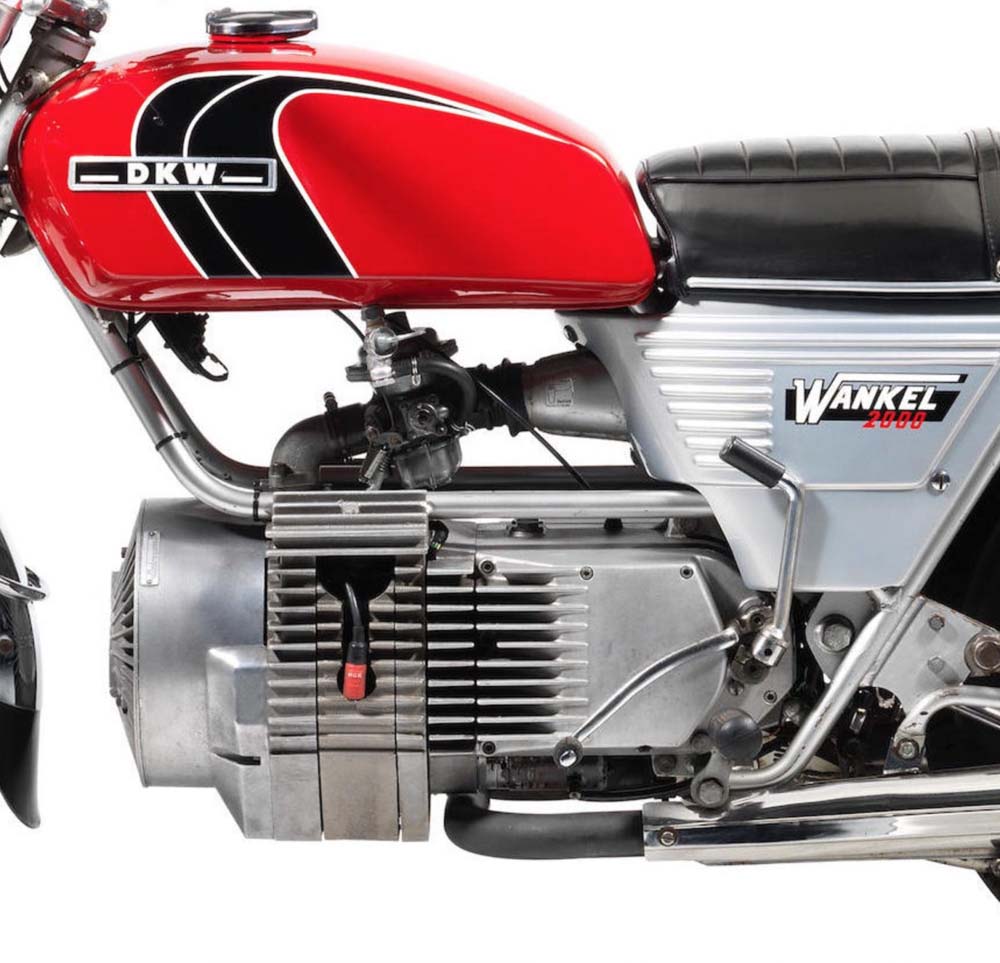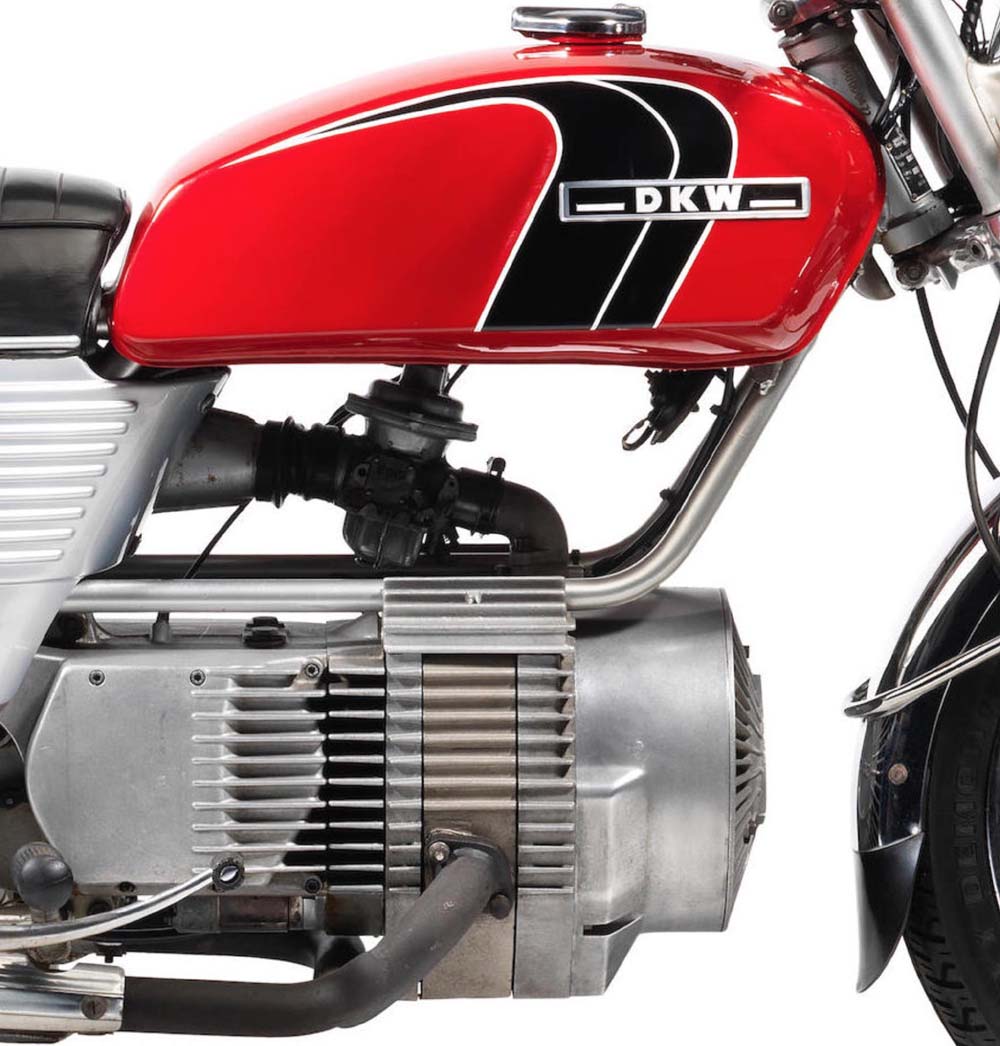In the 1960s the Wankel rotary engine must have seemed like it was poised to take over the world. The emissions concerns that would help sink the design decades later weren’t even a consideration at the time, and the promise of the Wankel concept seemed almost unbeatable.
The engine has as very few moving parts, no cams, valves, conrods, crank shaft, or other parts you’d find in a normal piston engine. The advantages of a rotary engine are its light weight, high power to weight ratio, minimal vibration, a much lower possibility of catastrophic engine failure, cheap production costs, high-RPM operation, and and a smaller engine size resulting smaller engine bay requirements.
There are some downsides to the rotary engine too, namely, they consume quite a lot of fuel, they need oil added to the fuel in small amounts to lubricate the apex seals (bad for emissions), they produce lower torque figures, and apex seals can be prone to issues. There are other benefits and drawbacks of course, but this is just a basic outline for the sake of context.
Source silodrome.com





